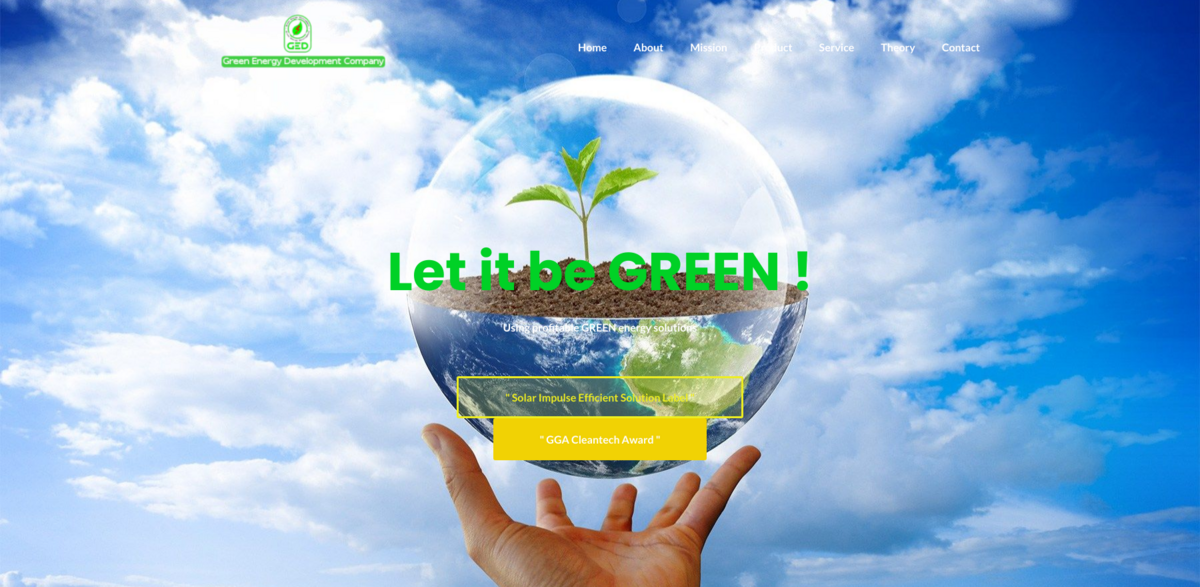What the Project Is About
Let it be green! This startup is making waves in renewable energy by focusing on distributed generation of hydroelectricity using an innovative microturbine. Registered under the WIPO-PCT system, this microturbine harnesses the power of water streams—think canals and rivers—to produce clean electricity. It’s all about tapping into hydropower in a smart, efficient way that fits right into the natural flow of water without the need for massive dams or reservoirs.
Main Benefits of the Project
Hydropower is already a major player in the world’s electricity mix, and here’s why this project matters:
- Hydropower supplies 17.5% of global electricity, with countries like Norway (99%), Canada (57%), Switzerland (55%), Sweden (40%), and the USA (7%) leading the way.
- Most hydropower is used for peak-load demand because it can be stopped and started quickly—perfect for balancing the grid.
- Growth in hydropower capacity is expected mainly in China and Latin America by 2030.
- The project’s microturbine approach fits well with run-of-river systems, which don’t require large reservoirs and rely on the natural flow of water.
- Using small-scale, distributed generation means less environmental impact and more flexibility in energy production.
Understanding Hydropower Systems
Hydropower comes in many forms, each using water’s energy in clever ways. The most common is the conventional dam, where water stored at height flows down through turbines, generating electricity. The power depends on the volume of water and the “head” — the height difference between the reservoir and outflow. Then there’s pumped storage, which works like a giant battery, moving water between reservoirs at different elevations to meet peak demand.
Exploring Tidal and Run-of-River Options
Tidal flow stations use the ocean’s daily rise and fall to generate power. These are highly predictable and can be dispatched during high demand periods if reservoirs are built. On the other hand, run-of-river hydropower stations operate without large reservoirs, relying on the natural flow of rivers. They divert a portion of water through channels or pipelines to spin turbines, producing electricity without major environmental disruption. This startup’s microturbine fits perfectly into this category, offering a sustainable and innovative solution.
How Run-of-River Hydropower Works
Run-of-river plants are gaining attention because they support sustainable water management and environmental goals. They don’t require dams, instead relying on the natural downward flow of streams. Water is guided through channels or pipes to a turbine, which spins and drives a generator to produce electricity. The motion of the turbine shaft can also power mechanical processes like pumping water. This approach is simple, effective, and aligns with the growing demand for green energy solutions.
Project Impact on Sustainable Development Goals
- SDG 7: Affordable and Clean Energy – Promotes access to reliable and sustainable energy.
- SDG 9: Industry, Innovation, and Infrastructure – Encourages innovation in renewable energy technologies.
- SDG 13: Climate Action – Supports efforts to combat climate change by reducing reliance on fossil fuels.
- SDG 15: Life on Land – Minimizes environmental disruption compared to large dams.
- SDG 6: Clean Water and Sanitation – Encourages sustainable water management practices.
Looking Ahead: The Future of Hydropower
While many developed countries have already tapped their major hydropower sites, the future lies in innovative, small-scale solutions like this microturbine technology. With growth expected in regions like China and Latin America, distributed generation from rivers and canals offers a promising path forward. It’s about making the most of what nature provides—clean, renewable energy that’s flexible, efficient, and kind to the environment. The journey toward a sustainable world is ongoing, and projects like this are lighting the way.





















